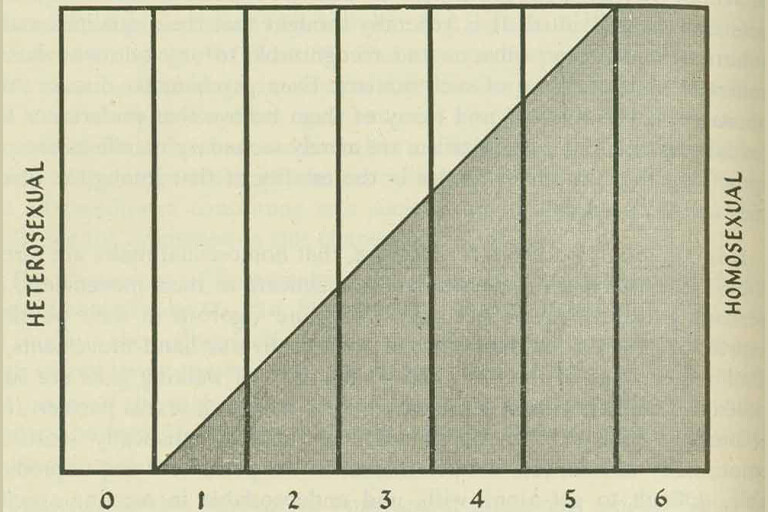Although you may run across so-called "Kinsey tests" on the internet, an official Kinsey Scale test does not exist. The original Kinsey research team assigned a person a number based on the information they gave about their sexual history in face-to-face interviews. The number was not based on a quiz.
Research materials
Data gathered from the Kinsey interviews has been digitized. The Kinsey Institute makes all related material, including the original notes, available to qualified researchers who demonstrate a need to view them. The institute also allows researchers to use statistical software, such as PSPP or SPSS, for data analysis.
Significance of the Kinsey Reports
Sexual Behavior in the Human Male (1948) and Sexual Behavior of the Human Female (1953) are known collectively as the Kinsey Reports. Together, they sold nearly a million copies and were translated in 13 languages. The Kinsey Reports are associated with a change in public perception of sexuality and considered part of the most successful and influential scientific books of the 20th century.
Other scales or tests
The Kinsey Scale does not address all possible sexual identities. The Klein Sexual Orientation Grid and the Storms Scale have stepped in to further define sexual expression.
The Klein Sexual Orientation Grid, developed by Fritz Klein, features seven variables and three situations in time: past, present, and ideal. The Storms Scale, developed by Michael D. Storms, plots eroticism on an X and Y axis. This allows for a much greater range of descriptions.
Kinsey, Storm, and Klein are only three of more than 200 scales to measure and describe sexual orientation.
Many persons do not want to believe that there are gradations in these matters from one to the other extreme.
- Sexual Behavior of the Human Female (1953)


